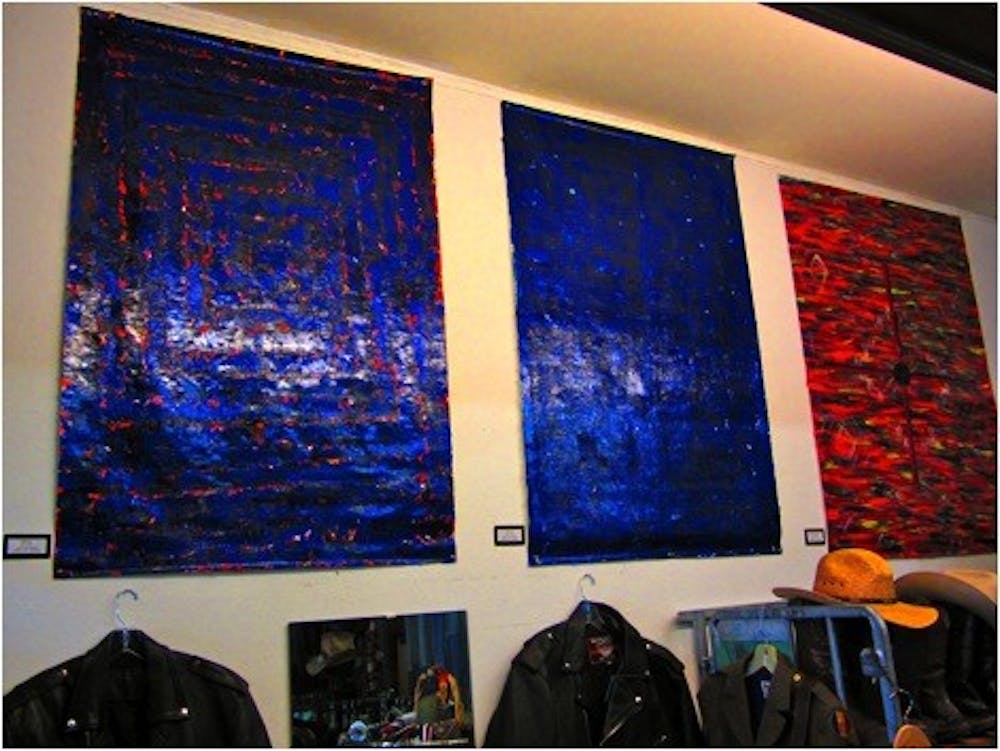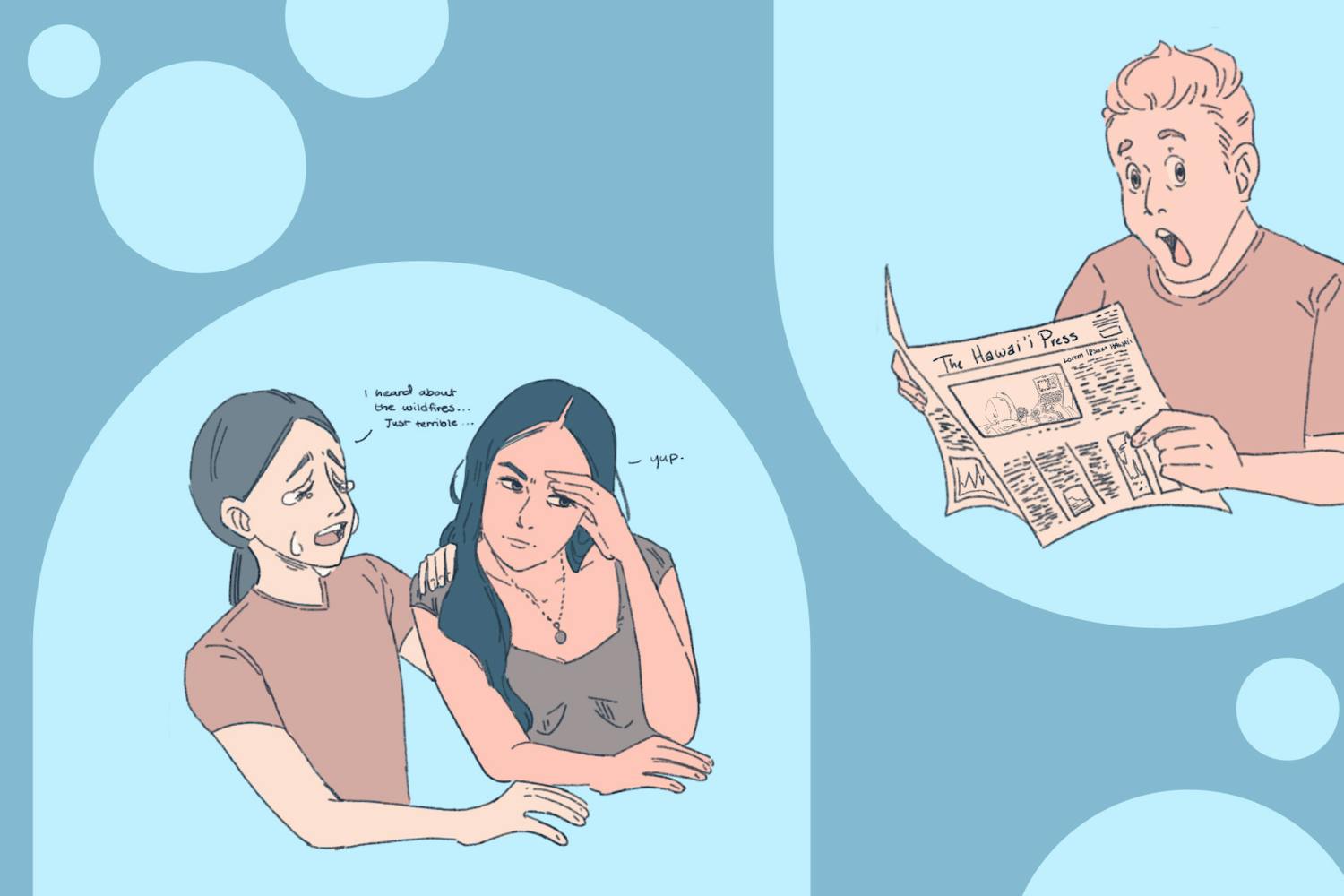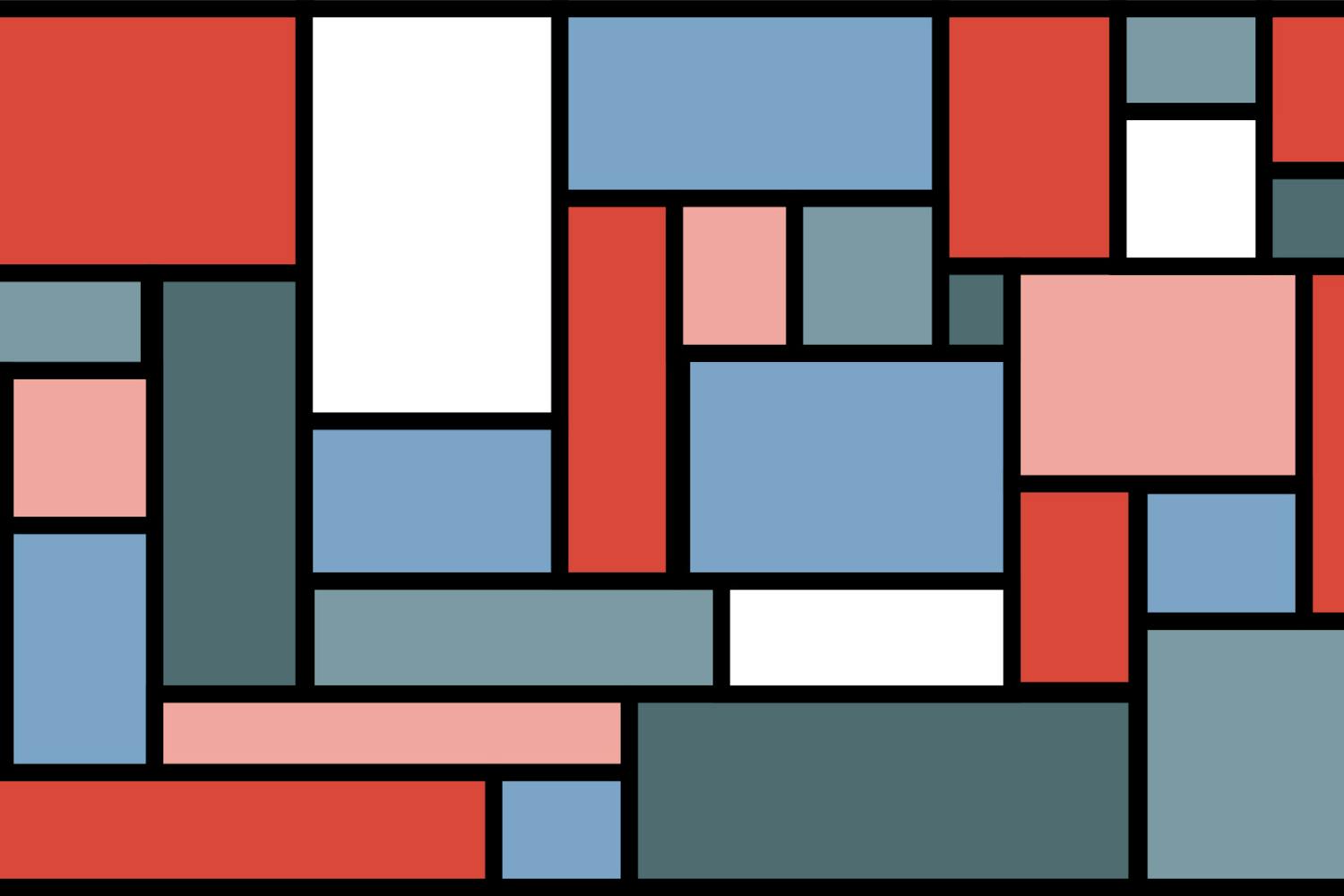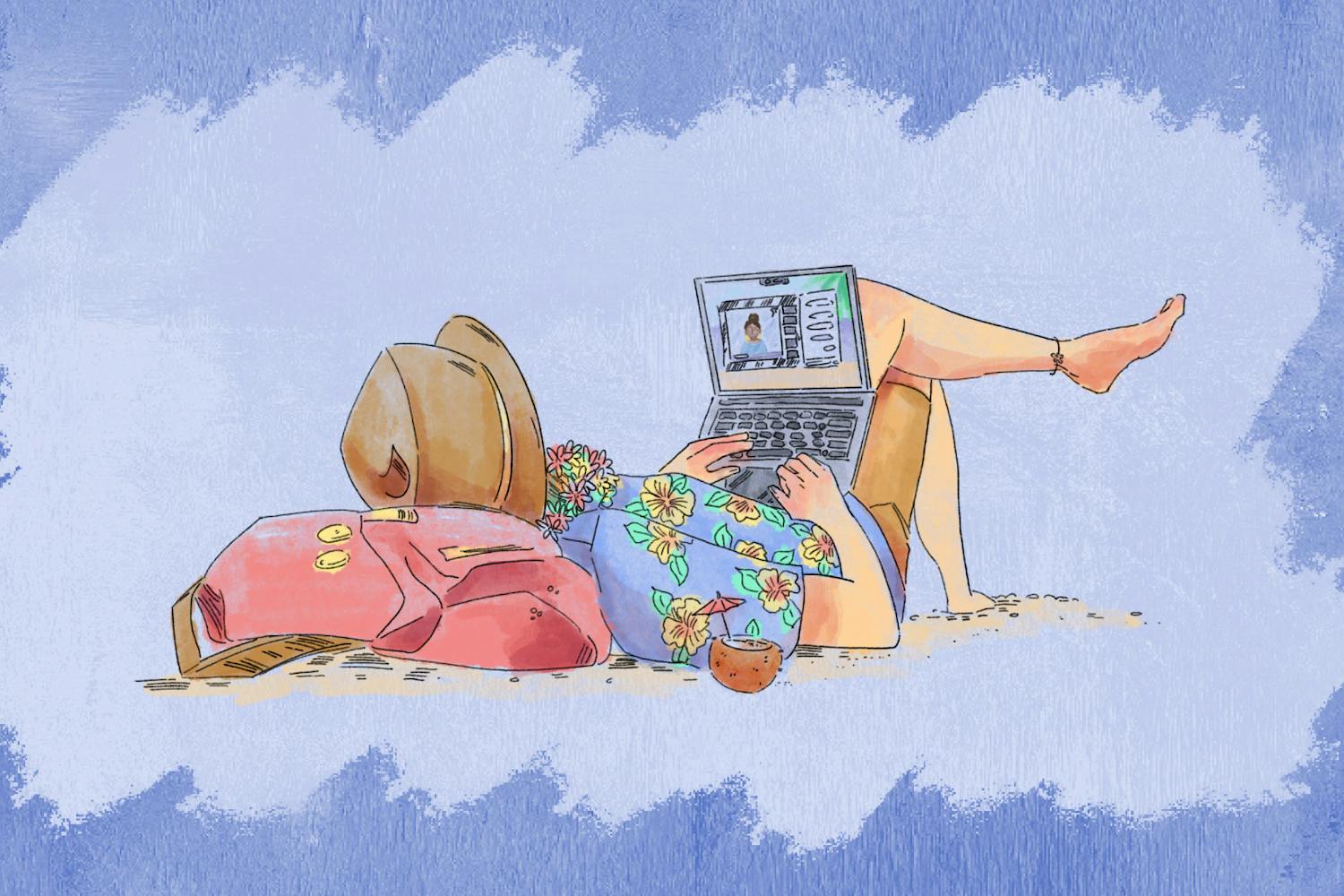Hey there, ASU. I’ve been wracking my brain for the best way to introduce myself to you, as I’m notorious for my awful first impressions. I’m sorry to say that I don’t have any cute anecdotes to tell you that can prove my lifelong devotion to “Arts & Culture”, but I can tell you a little bit about myself.
I’m Jessica Pruett, a creative writing major with no athletic ability to speak of. Growing up, this forced me to find other ways of occupying my time. I learned that there are about a thousand non-athletic things to do if you pay attention to what’s going on off the field, so that’s what I did. Now, I love listening to people’s stories and hearing about all of the cool things that they’re doing. So, if I had to summarize what it is I’ll be telling you about this semester, it’s that. I’m going to keep listening, and when I hear about someone or something that’s really interesting I’ll tell you about it. Sound like a plan? Good. Let’s start right now.
The Blue Jean Buyer is a tiny vintage store on McDowell Road that’s completely packed with wall-to-wall perfection. I stop in from time to time, just to pretend that I’m less broke than I actually am. Once, as I stopped to ask the cashier about the artwork they have all over the walls, I met Kee Gan. Kee Gan is a Navajo artist and, as it turns out, the painter responsible for a lot of the artwork in the Blue Jean Buyer. He also makes bags, jewelry, cuffs, t-shirts, scarves, and shredded 501’s, all of which you can find for sale at the Blue Jean Buyer, or Viziato Clothing in Scottsdale. I sat down with Kee Gan to find out a little bit more about his art, which is deeply tied to his identity as a member of the Navajo nation.
“Being Navajo and then finding art,” he says, “it came from my Navajo blood.” He also says that his talent “comes from the Great Spirit. I’m just the tool.” Indeed, Kee Gan does make his work seem effortless.
In addition to the various clothing items and accessories that he continues to produce for both stores, he is also working on several new paintings. Luckily, while I was there I got a glimpse of one that he’s recently finished, “Compassionate Warrior”. While it’s inspired by a traditional Navajo story, the piece itself is anything but traditional. It’s abstract and wildly colorful, a far cry from the kind of Southwest art that you typically find in your dentist’s office.
When I ask Kee Gan how he would describe his work, he says, “especially in Arizona, you’d call it contemporary Navajo art,” but is reluctant to put any labels on it. For him, I suspect, the entire process is so natural that the idea of needing to define what kind of art he’s making hasn’t crossed Kee Gan’s mind. Ultimately, I agree with him. The balance between old and new that he strikes is more complex, and definitely a lot more fun, than any label is capable of suggesting.
Share a love for art in the Valley? Email me at jlpruett@asu.edu.






